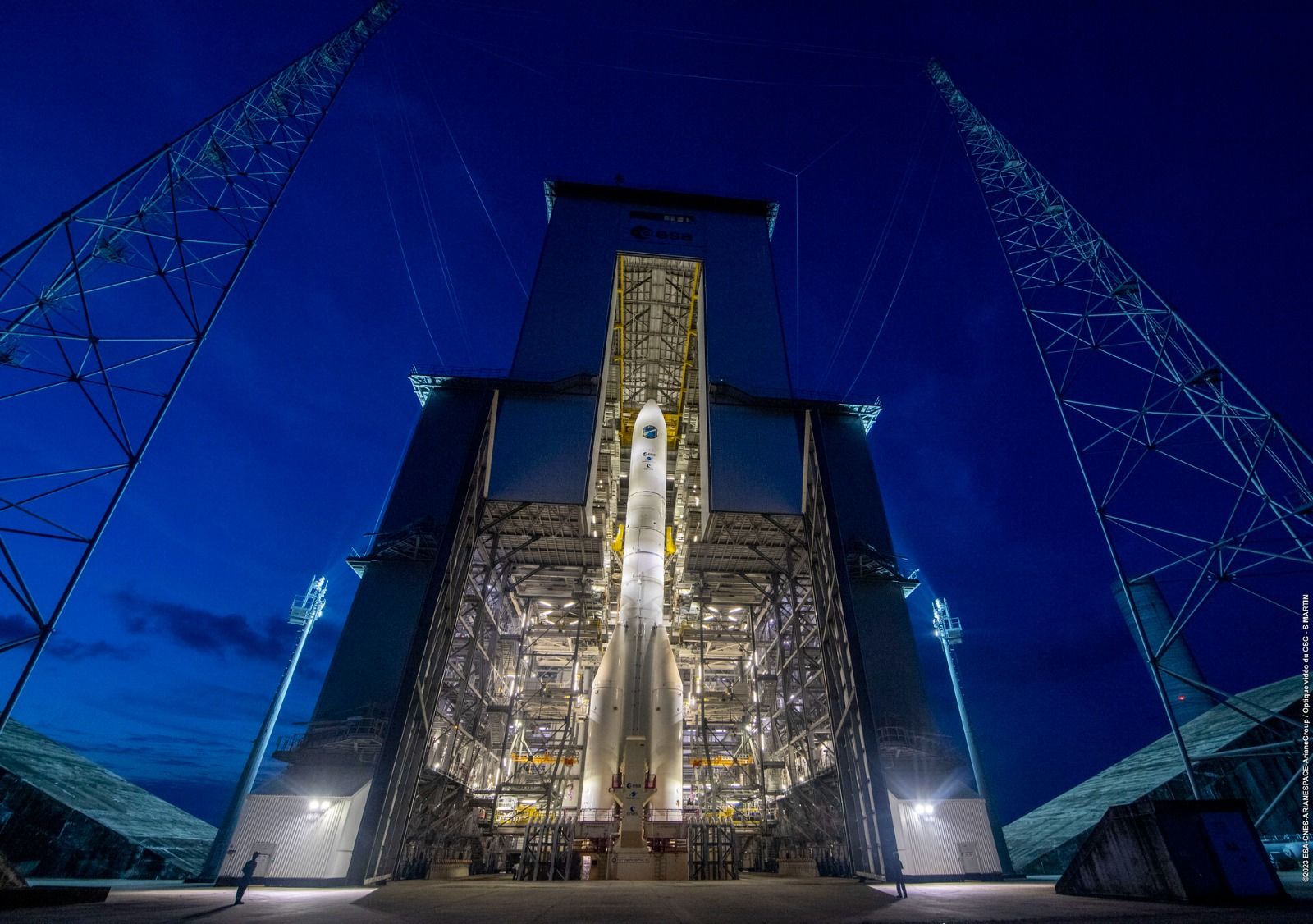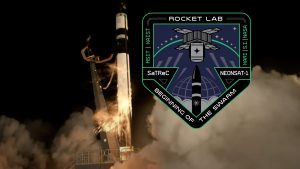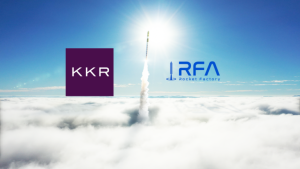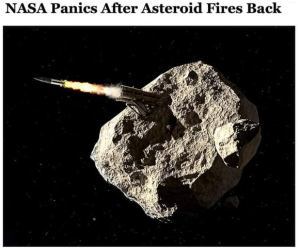ESA Finally Sets Launch Date For The First Ariane 6 Flight
9th Aug 2023
The European Space Agency (ESA) has officially announced the Ariane 6’s maiden flight will not take place this year. Several companies involved in the launcher have touted the possibility of the Ariane 6 rocket not launching until 2024 this, but ESA still asserted it would take place in 2023.
Updated 30 Nov:
Josef Aschbacher, Director General of the European Space Agency, announced on X (Twitter) that the Ariane 6’s first launch is now targeted between mid-June and the end of July 2024.
After conducting successful tests on an engineering model of the 62-meter-tall (203 ft) vehicle at the new pad in the Kourou spaceport, Ariane-6 development has incurred a cost of approximately €4 billion (£3.5 billion) and is now four years behind its scheduled timeline. This delay has exacerbated a significant crisis in Europe, significantly restricting the continent’s capacity to launch satellites into orbit.
Ariane 6 is the successor of the recently retired Ariane 5 rocket. It was planned that Ariane 6 will provide more launch capacity for Europe’s growing space needs. The vehicle is being developed in collaboration with ESA, ArianeGroup, and French space agency CNES, with Arianespace set to operate it.
ESA finally admits the delay of the Ariane 6 launch
The Ariane 6 program has been plagued by delays for years now at this point. 2023 was supposed to be the year it launched into space, carrying several payloads to orbit for CNES, ESA, and other commercial companies.
The agency announced a press release inviting media to attend a briefing on September 4 to discuss where the program is at. The press release also provided new details of why it was unable to complete the short hot fire test of the Vulcain 2.1 engine in July. The agency explained it was due to “a shortage of liquid oxygen”.
ESA explained the September 4 media briefing will provide an update on the next important milestones. For instance, they announced that the Hot Firing Test 3 (HFT3) to take place at the Lampoldshausen test bench on September 1, followed by a long firing test of the core stage and its engine, the Vulcain 2.1, to occur on September 26 in Kourou, French Guiana. After this test, ESA said it will confirm the date of the inaugural Ariane 6 flight.
As mentioned right at the end, ESA said: “The latter will also give engineering teams all the results needed to define a launch period for the Ariane 6 inaugural flight in 2024.”
This marked the first time ESA admitted publicly that the launch would be pushed back, yet again.
A short hot-fire test of Vulcain 2.1 gets new test date
In the previous update, ESA announced it had completed further testing of the rocket on July 18. The 26-hour launch simulation included the removal of the mobile gantry, the chill-down of ground and launcher fluid systems, the filling of the upper and core stage tanks with liquid hydrogen (–253°C) and liquid oxygen (–183°C), and the successful completion of a launch chronology. The full launch system performance produced “excellent results”, according to the space agency.
But the teams were unable to complete the short hot fire test of the Vulcain 2.1 engine. Notably, at the time, ESA didn’t explain why that was. In fact, in a new Q&A released by ESA, the agency explained that the test was supposed to take place on July 13, but teams postponed it due to a “leak in a flange seal of a flexible hose between the mobile hydrogen reservoir and the Ariane 6 cryogenic ground infrastructure”.
ESA continued: “This leak was detected before the cooling down of the cryogenic ground infrastructure (liquid oxygen and hydrogen lines) necessary for the filling of the tanks of Ariane 6 to start. Consequently, the filling test could not even begin. The leak was fixed, and the test was thus moved to 18 July”.
However, the test on July 18 was aborted due to “certain measurements exceeding preset limits”, ESA said further. “The attempt to conduct the four-second hot firing test had to be abandoned due to the length of the tests, which led to a shortage of liquid oxygen,” the agency added.
ESA said a new attempt at the test would be made on August 29, “after a necessary reconfiguration of the ground system”, the agency said.







Thank you for your comment! It will be visible on the site after moderation.